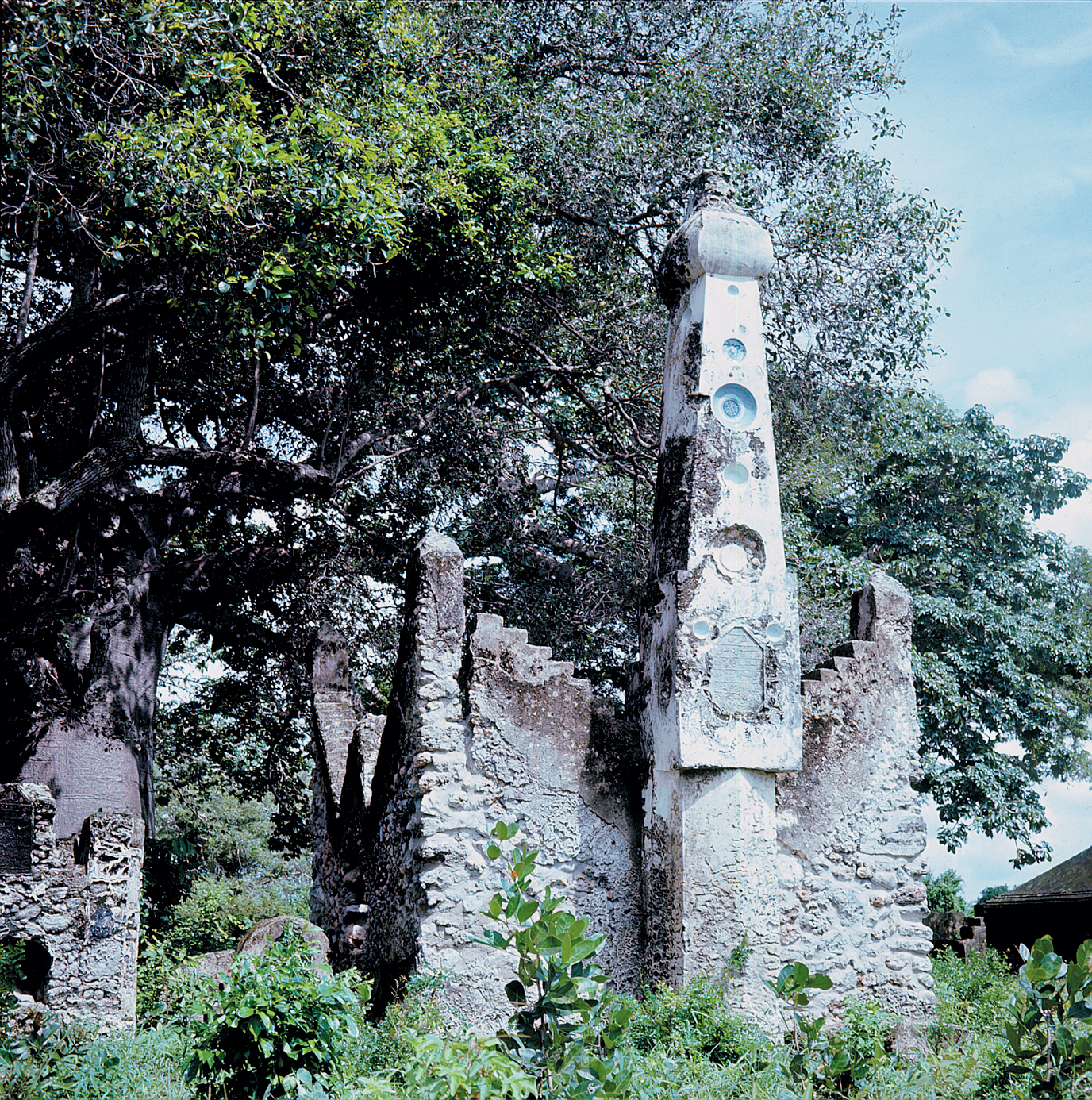A History of World Societies:
Printed Page 598
A History of World Societies Value
Edition: Printed Page 602
The Swahili City-States and the Arrival of the Portuguese, ca. 1500–1600
The word Swahili means “People of the Coast” and refers to the people living along the East African coast and on the nearby islands. Although predominantly a Bantu-
Swahili civilization was overwhelmingly maritime. A fertile, well-

The arrival of the Portuguese explorer Vasco da Gama (see Map 16.2) in 1498 spelled the end of the Swahili cities’ independence. Lured by the spice trade, da Gama wanted to build a Portuguese maritime empire in the Indian Ocean. Swahili rulers responded in different ways to Portuguese intrusion. Some, such as the sultan of Malindi, quickly agreed to a trading alliance with the Portuguese. Others, such as the sultan of Mombasa, were tricked into commercial agreements. Swahili rulers who rejected Portuguese overtures saw their cities bombarded and attacked. To secure alliances made between 1502 and 1507, the Portuguese erected forts at the southern port cities of Kilwa, Zanzibar, and Sofala. These fortified markets and trading posts served as the foundation of Portuguese commercial power on the Swahili coast. (See “Listening to the Past: Duarte Barbosa on the Swahili City-States.”) The better-
The Portuguese presence in the south did not yield the expected commercial fortunes. Rather than accept Portuguese commercial restrictions, the residents deserted the towns, and the town economies crumbled. Large numbers of Kilwa’s people, for example, immigrated to northern cities. The gold flow from inland mines to Sofala slowed to a trickle. Swahili noncooperation successfully prevented the Portuguese from gaining control of the local coastal trade.
In 1589 Portugal finally won an administrative stronghold near Mombasa. Called Fort Jesus, it remained a Portuguese base for over a century. In the late seventeenth century pressures from the northern European maritime powers — the Dutch, French, and English, aided greatly by Omani Arabs — combined with local African rebellions to bring about the collapse of Portuguese influence in Africa. A Portuguese presence remained only at Mozambique in the far south and Angola on the west coast.
The Portuguese had no religious or cultural impact on the Swahili cities. Their sole effect was the cities’ economic decline.